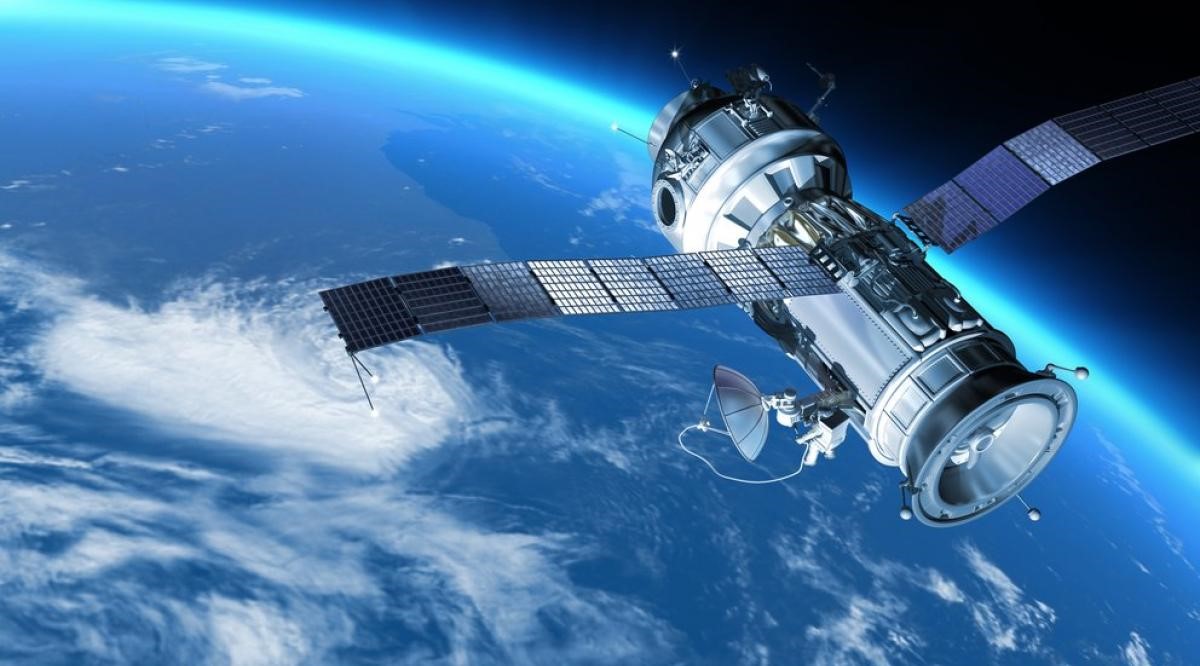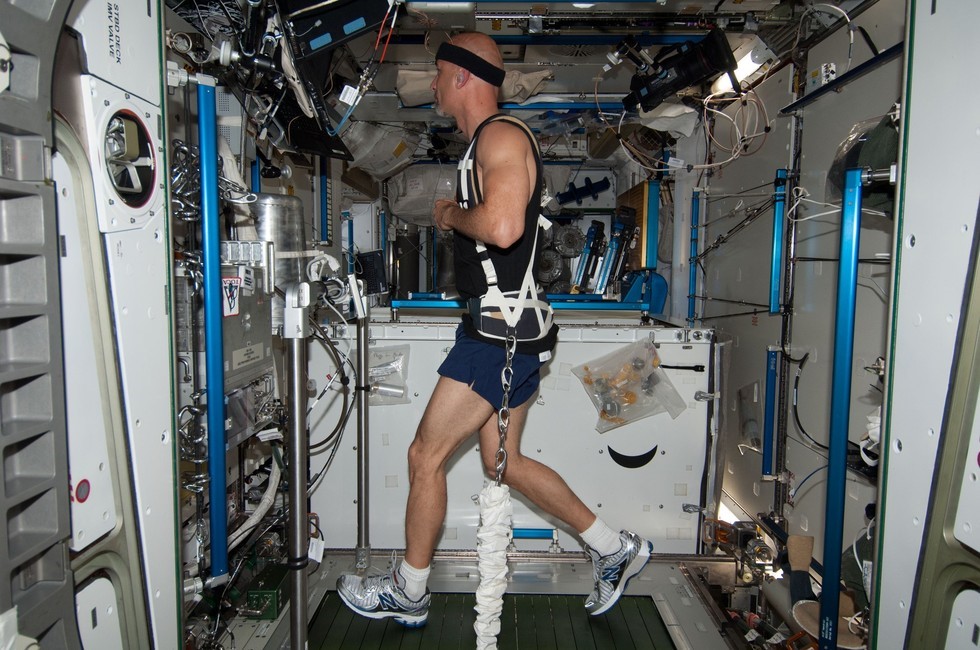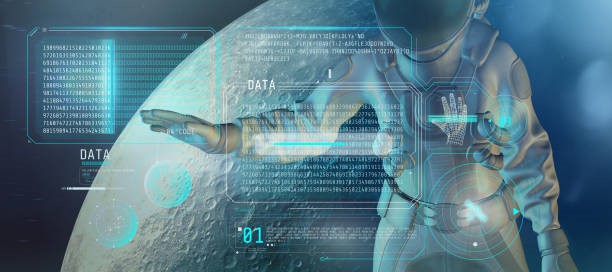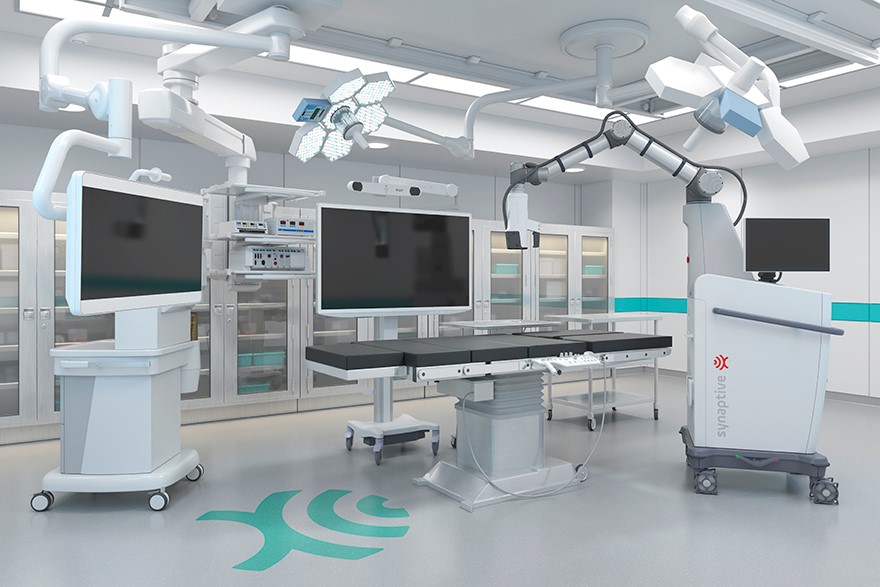Telemedicine and Remote Diagnostics
Telemedicine will play a significant role in space medicine, allowing real-time communication between astronauts and medical experts on Earth. Remote diagnostic tools and wearable devices will help monitor astronauts' vital signs, enabling timely medical interventions and reducing the need for emergency return to Earth.
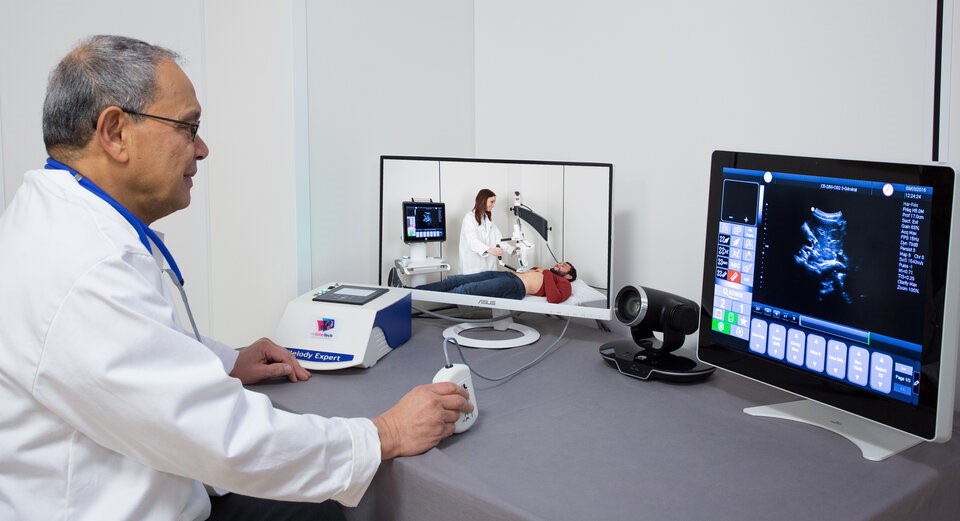
Figure 1.Telemedicine and Remote Diagnostics
Figure 1 shows The Melody device, developed by AdEchoTech, utilizes space-based ultrasound technology to support tele-echography, enabling the mobilization of quarantined medical experts and providing remote support to other regions. The device shows promising results in diagnosing pneumonia in COVID-19 patients, offering a reliable alternative to chest scanners when they are unavailable. The project was funded by the European Space Agency (ESA) and the French space agency, CNES, which is also an equity investor in AdEchoTech. ESA has been involved in telemedicine for over two decades and supported the development of this tele-echography concept from its inception to real-life demonstrations.[1]
Telemedicine and remote diagnostics are vital components of space medicine, enabling astronauts to receive medical care and support from healthcare professionals on Earth.
Here's how they work:
Telemedicine: Telemedicine involves real-time communication between astronauts and medical experts on Earth through audio, video, and data transmission. It allows astronauts to consult with specialists and receive medical guidance, even when they are far away from traditional healthcare facilities.
Remote Monitoring: Astronauts wear various medical sensors and devices to monitor their vital signs and health parameters. These devices collect and transmit data to medical teams on Earth, enabling continuous health monitoring and early detection of any potential health issues.
Onboard Medical Expertise: Space missions often have trained medical personnel on board who can perform basic medical procedures and provide immediate care. They collaborate with medical teams on Earth through telemedicine to make informed decisions about astronaut health.
Diagnostic Imaging: Advanced imaging equipment on spacecraft and space stations allows for remote diagnostic imaging, such as ultrasounds and X-rays. Medical experts on Earth can interpret these images and provide recommendations for further care, if needed.
Emergency Consultations: In case of medical emergencies, astronauts can receive real-time assistance and guidance from medical experts on Earth, enabling timely interventions and optimal medical care.
Pre- and Post-Mission Evaluations: Telemedicine facilitates pre-mission health assessments and post-mission debriefings, ensuring that astronauts are in good health before their journey and receive appropriate medical attention upon their return.
Telemedicine and remote diagnostics play a critical role in providing quality healthcare to astronauts during space missions, helping to manage health challenges, reduce the need for emergency returns to Earth, and ensure the overall well-being of astronauts in the challenging environment of space.
References:
- https://www.esa.int/Applications/Connectivity_and_Secure_Communications/Ultrasound_for_space_offers_remote_diagnosis_to_patients_on_Earth
Cite this article:
Janani R (2023),The Future of Space Medicine: Healthcare for Astronauts, Anatechmaz,pp 3


